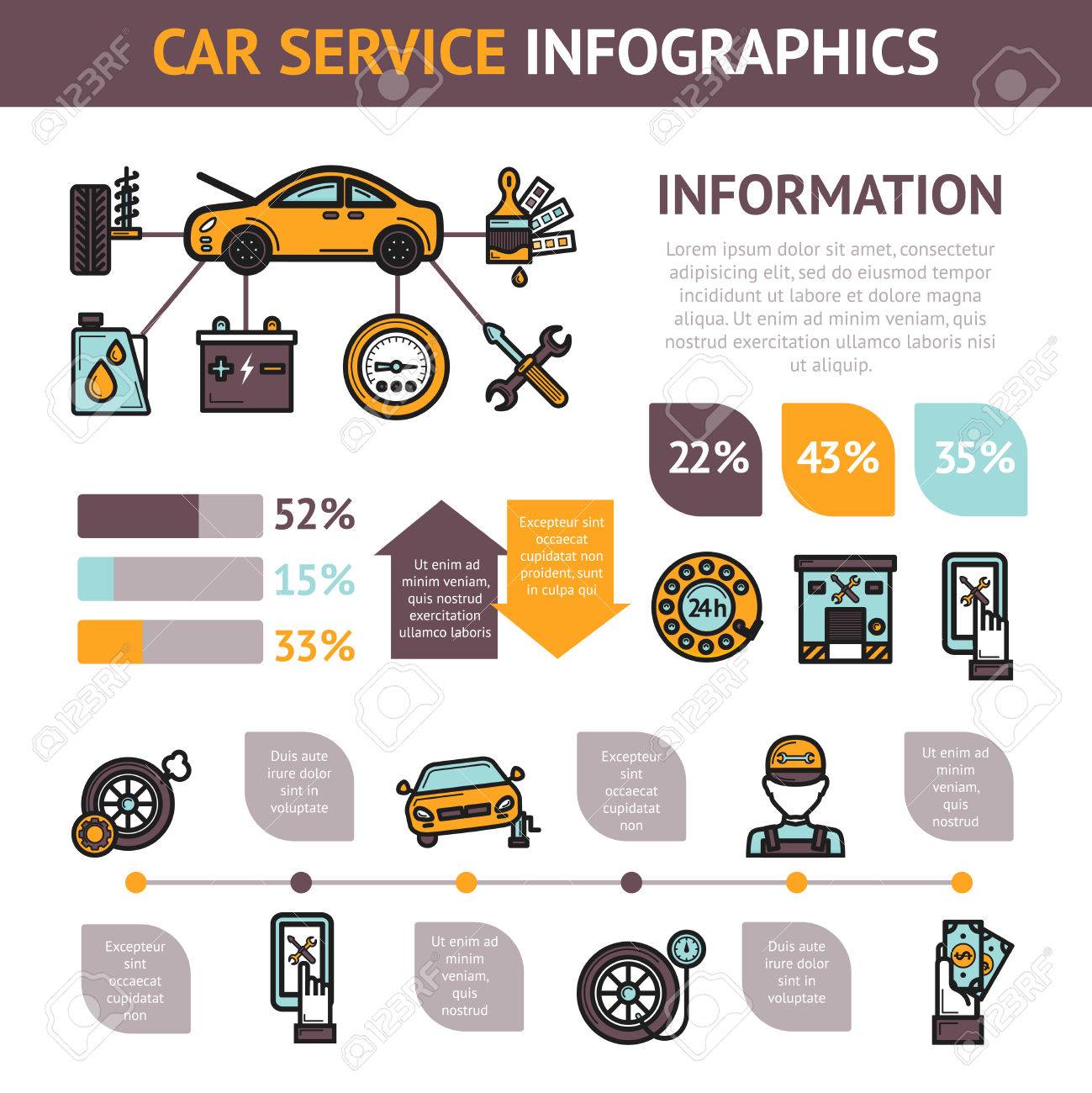Reveal The Definitions Behind The Control Panel Caution Lights In Your Automobile To Safeguard The Health And Safety Of Your Vehicle
Reveal The Definitions Behind The Control Panel Caution Lights In Your Automobile To Safeguard The Health And Safety Of Your Vehicle
Blog Article
Authored By-Kane Heath
When you lag the wheel, those radiant warning lights on your control panel can be a little bit puzzling. Do you recognize what they're attempting to tell you regarding your cars and truck's health and wellness? Comprehending https://www.abc12.com/news/local/fire-destroys-auto-repair-shop-south-of-swartz-creek/article_df10d2cc-6757-11ec-b152-270ba855b8dd.html of these lights is crucial for your security and the durability of your car. So, the following time among those lights turns up, wouldn't you want to understand its message accurately and take the required steps to resolve it?
Common Warning Lighting and Interpretations
Identify common caution lights in your vehicle and understand their significances to ensure secure driving.
The most regular caution lights include the check engine light, which indicates problems with the engine or exhausts system. If this light comes on, it's essential to have your car checked promptly.
The oil pressure advising light indicates low oil pressure, requiring instant focus to avoid engine damages.
A blinking battery light could suggest a damaged charging system, possibly leaving you stranded otherwise dealt with.
The tire pressure surveillance system (TPMS) light signals you to low tire pressure, influencing vehicle stability and fuel performance. Neglecting this could bring about dangerous driving problems.
The abdominal muscle light shows a problem with the anti-lock stopping system, jeopardizing your capacity to stop promptly in emergency situations.
Lastly, https://ricardoqlfau.blogsidea.com/37385813/exposing-the-gems-unearthing-superior-vehicle-repair-service-shops-in-your-surrounding-area cautioning light warns of engine overheating, which can result in extreme damage if not solved promptly.
Recognizing these usual caution lights will certainly aid you resolve concerns immediately and keep risk-free driving conditions.
Value of Prompt Focus
Understanding the common caution lights in your auto is just the initial step; the importance of without delay dealing with these warnings can not be stressed enough to guarantee your security when driving.
When a caution light illuminates on your control panel, it's your car's way of connecting a prospective concern that needs attention. Ignoring these cautions can result in more severe troubles later on, compromising your safety and security and potentially costing you a lot more in repairs.
Motivate interest to advising lights can stop malfunctions and crashes. For instance, a blinking check engine light might indicate a misfire that, if left unattended, could cause damage to the catalytic converter. Resolving this without delay can save you from a costly repair.
In a similar way, a brake system cautioning light could indicate low brake fluid or worn brake pads, critical components for your security when driving.
Do It Yourself Troubleshooting Tips
If you see a caution light on your control panel, there are a few DIY troubleshooting suggestions you can attempt prior to seeking professional aid.
https://lorenzopkfzt.tkzblog.com/30972670/enhancing-the-long-life-of-your-vehicle-with-the-correct-car-repair-facility is to consult your vehicle's manual to comprehend what the particular warning light indicates. In some cases the issue can be as simple as a loosened gas cap activating the check engine light. Tightening up the gas cap may solve the problem.
An additional common concern is a reduced battery, which can activate various cautioning lights. Checking the battery connections for rust and guaranteeing they're secure could repair the problem.
If a caution light lingers, you can try resetting it by disconnecting the vehicle's battery for a couple of mins and afterwards reconnecting it. Furthermore, inspecting your automobile's fluid levels, such as oil, coolant, and brake fluid, can help troubleshoot advising lights related to these systems.
Conclusion
To conclude, recognizing your vehicle's warning lights is essential for keeping your vehicle running efficiently and securely. By immediately dealing with these notifies and recognizing what they indicate, you can stay clear of expensive fixings and possible malfunctions.
Keep in mind to consult your vehicle's guidebook for certain information on each alerting light and take action accordingly to make sure a hassle-free driving experience.
Remain informed, stay safe when traveling!
